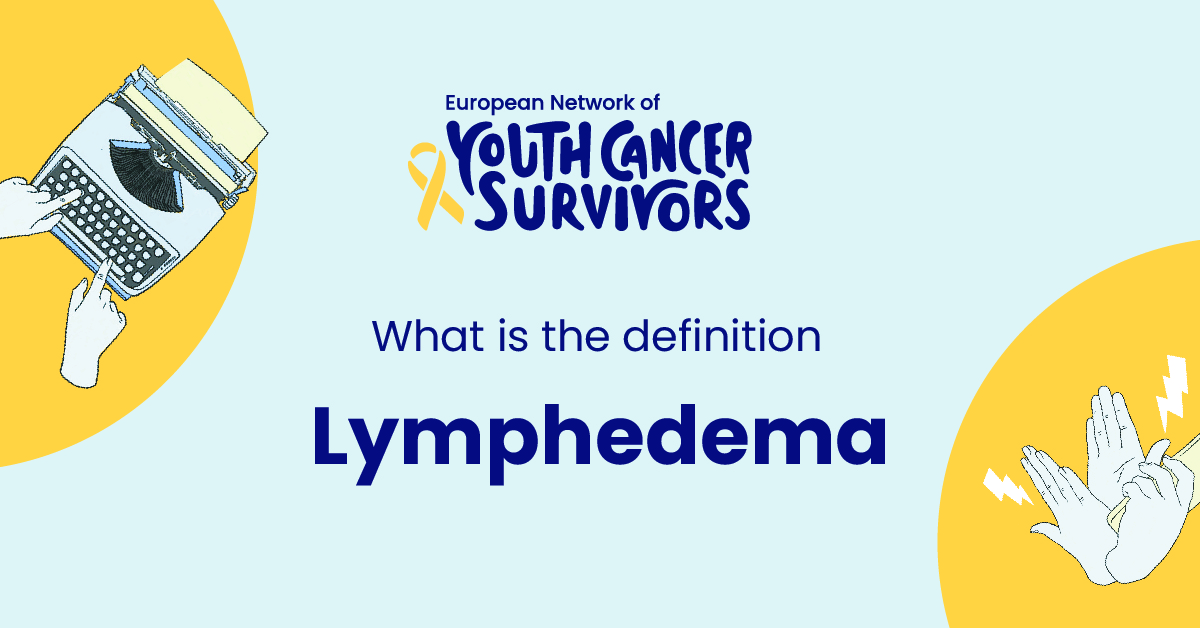
An alarming number of people worldwide are silently fighting a rather unheard-of health condition known as Lymphedema – a chronic condition impacting the lymphatic system. This article sets out to unmask this condition, delve into its roots, and provide comprehensive knowledge about its prevalence, symptoms, and treatment options.
According to estimates provided by the World Health Organization (WHO), over 200 million people globally are experiencing Lymphedema. It manifests itself more in developing countries, predominantly due to parasitic infections, but it also has a significant occurrence in developed nations. Its impact on the quality of an individual’s life is also severe, making it a worldwide health concern.
Understanding the Human Lymphatic System
The lymphatic system is a critical part of the body’s immune system. It plays a significant role in protecting the body against invading bacteria and viruses by circulating lymphatic fluid – rich in immune cells – throughout the body. This circulatory path also aids in filtering out waste products and toxins.
Lymphedema is caused by a disruption in the regular functioning of the lymphatic system. This could result either from a malformed lymphatic system present from birth or damage to lymph nodes or vessels, causing the swelling commonly associated with the condition. It’s crucial to understand this connection to understand the nature and cause of Lymphedema better.
Unraveling the Definition of Lymphedema
Scientifically, Lymphedema is defined as a chronic condition typified by swelling of certain parts of the body due to the failure of the lymphatic system to drain lymph fluid correctly. The complications involved may vary based on the severity of the swelling and the type of Lymphedema.
Primary Lymphedema is a result of anatomical abnormalities in the lymphatic system present at birth. The onset of symptoms could be at birth, puberty, or in adulthood. Secondary Lymphedema is usually induced by damage to the lymph nodes from certain medical procedures or infections.
Types of Lymphedema
Primary Lymphedema is often rare and congenital, caused by deficiencies in the lymph vessels. Symptoms may appear shortly after birth, during puberty, or in adulthood, without any apparent external cause.
Secondary Lymphedema, on the other hand, is acquired due to external factors like surgical procedures, radiotherapy, and infections that cause damage to the lymphatic system.
The primary difference between these two types lies in their origin – one being congenital and the other acquired. The treatment and managing methods for both types, however, largely remain the same.
Symptoms and Diagnosis of Lymphedema
The most significant symptom of Lymphedema is swelling in arms or legs, usually on one side. Other signs may include a feeling of heaviness, tightness or discomfort, restricted range of motion, and recurrent infections.
Diagnosis usually involves a detailed medical history review and physical examination. Additional tests may include imaging tests such as lymphoscintigraphy and MRI to visualize the condition of the lymphatic system.
Treating Lymphedema
Medical treatment for Lymphedema includes proficient physical therapy techniques, involving manual lymphatic drainage, massage, and compression. For severe cases, surgical interventions may be necessary.
Alongside medical treatments, self-care is crucial. Lifestyle changes might include appropriate skincare routines, regular exercise, maintaining a balanced diet, and wearing suitable compression garments.
Get to know us better
If you are reading this, you are in the right place – we do not care who you are and what you do, press the button and follow discussions live

Living with Lymphedema
Living with Lymphedema can be emotionally challenging. The unknown course of the disease, symptom management, and possible social stigma may contribute to feelings of anxiety and depression.
Coping strategies involve seeking professional help from psychologists and counselors, sharing experiences with support groups, focusing on regular self-care and maintaining a positive attitude towards life.
Conclusion
Lymphedema, a chronic health concern impacting millions globally, involves an array of symptoms, treatments, and emotional implications. Although there’s no absolute cure yet, with early diagnosis, effective treatment, and lifestyle adaptations, it can be managed effectively.
Early diagnosis and treatment are critical in limiting the progression of Lymphedema, emphasizing the importance of spreading awareness about this condition.
FAQs
- What are some possible triggers for Lymphedema, and how can they contribute to its development?
Possible triggers for Lymphedema can include obesity, aging, physical inactivity, and certain treatments like surgery and radiation therapy on lymph nodes. These factors can disrupt the normal flow of lymphatic fluid, leading to the development of Lymphedema.
- Is Lymphedema a lifelong condition, and are there effective treatments available to manage its symptoms?
Once diagnosed, Lymphedema becomes a lifelong condition, but effective treatments and therapies can help control symptoms significantly.
- How can self-care protocols complement medical treatment for Lymphedema, and what are some examples of these protocols?
Self-care protocols, such as compression therapy, skin care, and physical exercises, can complement medical treatment for Lymphedema when done under professional guidance. These protocols help manage symptoms and improve the overall quality of life for individuals with Lymphedema.
- What are some of the physical and emotional impacts of Lymphedema on an individual’s quality of life?
Lymphedema can impact a person’s quality of life by causing physical discomfort, limiting mobility, and contributing to emotional stress.
- Who is at a higher risk of developing Lymphedema, and why?
Individuals who have undergone surgical or radiation treatments for cancer, especially in areas where lymph nodes are located, are at a higher risk of developing Lymphedema. These treatments can damage or remove lymph nodes, disrupting the lymphatic system’s normal function and increasing the risk of Lymphedema.

















Comments
Thank you. Comment sent for approval.
Something is wrong, try again later